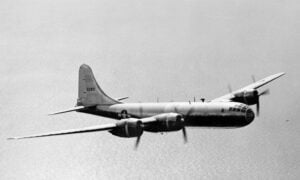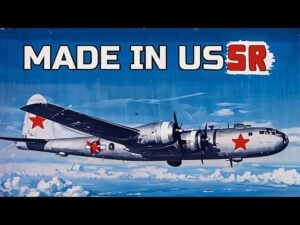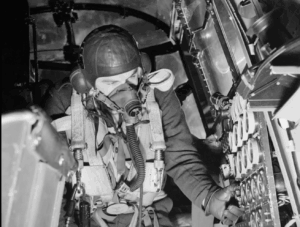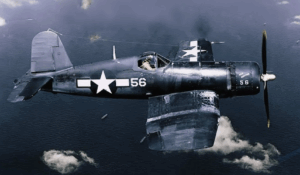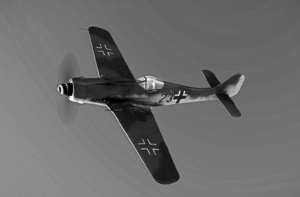3 Reasons Why The Mustang Was Vital To The Allies’ Success

YouTube / Imperial War Museums
The P-51 Mustang, an American long-range, single-seat fighter and fighter-bomber, earned its place as one of the most important aircraft of World War II. Here are three key reasons why the Mustang was crucial in the conflict:
Unmatched Range and Endurance
One of the most significant advantages of the P-51 Mustang was its exceptional range.
With the ability to travel approximately 1,650 miles with external fuel tanks, the Mustang could escort bombers on long-range missions deep into enemy territory.
View this post on Instagram
This capability was critical in maintaining the effectiveness of Allied bombing campaigns, as it significantly reduced bomber losses due to enemy fighters.
Technological Innovation
Mustangs were a product of cutting-edge engineering and design.
View this post on Instagram
Its laminar-flow wing design reduced drag and improved performance at high speeds. The incorporation of the Packard V-1650-7 engine gave it unmatched power and reliability.
These technological innovations made the Mustang superior to many contemporary aircraft, ensuring it could perform effectively in a variety of combat scenarios.
Versatility in Combat
The Mustang was not only a superb escort fighter but also excelled in various combat roles, including ground attack, reconnaissance, and interception.
View this post on Instagram
Its versatility allowed it to adapt to the changing needs of the war, providing close air support during key battles such as D-Day and conducting strafing runs against enemy supply lines and ground forces.
This adaptability made the Mustang an invaluable asset in multiple theaters of war.















